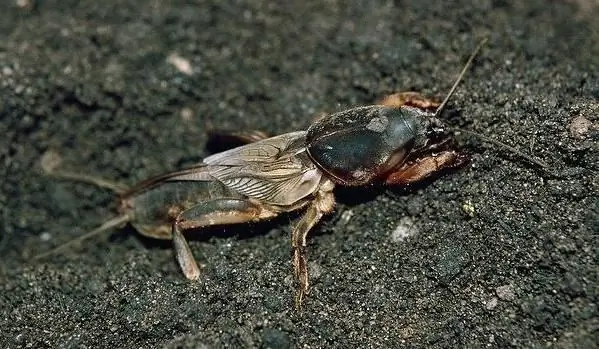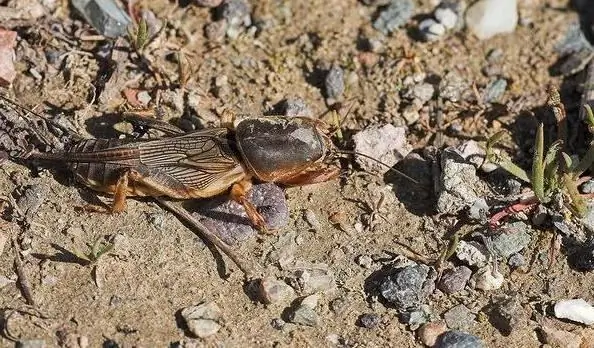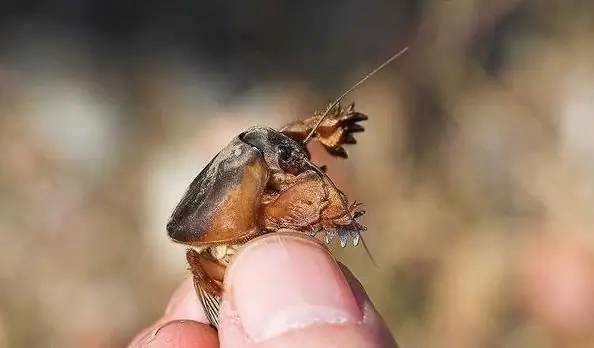Medvedka is known to every summer resident and gardener. Control methods are aimed at protecting the crop from being eaten by this harmful creature. An insect of the Orthoptera order lives deep in the ground, breaking through numerous tunnels and passages. As feed, she chooses cultivated roots, seeds, flower bulbs. The bear also feeds on earthworms and small insects. The harm caused by this arthropod is quite noticeable, especially when an entire population lives on your site. Therefore, it is necessary to organize targeted pest control.

Mechanical methods
In the areas where the bear settled, methods of struggle are carried out in two directions - chemically and mechanically. First of all, it is necessary to destroy the underground passages in which the insect lives, and destroy the laid eggs. All these manipulations are carried out by loosening the soil constantly - both before preparing the garden for winter, and before sowing seeds, and throughout the summer period. It is necessary to dig and loosen the earth to a depth of at least 15 centimeters. Given that the arthropod prefers moist, soft soil, it is imperative to loosen the area after each watering.

Chemical Methods
In order for the bear to finally leave the garden, the methods of struggle are strengthened with chemicals. Among the chemicals used on the dacha-garden "front", such preparations as "Karbofos", "Medvedtoks", "Thunder", "Phenaksin" are especially unloved by the bears. With the help of them, you can achieve an effective result, while not harming cultivated plants. But be careful not to overdo the chemicals. Follow the instructions on the packages. Exceeding the allowed rate can lead to undesirable consequences for your he alth, as plants absorb all chemicals well.
Traps
No less effective are folk methods of dealing with the bear. At the beginning of the season, you need to prepare a trap for the insect. To do this, they dig small holes (about half a meter deep) and fill them with manure so beloved by bears. The fresher it is, the better. After laying the bait, the hole is covered with straw. After a month, the contents of the hole should be burned. This will burn all the new, newly hatched pests. After the harvest is over, traps are also made. But now the bottom and walls of the pits are laid out with polyethylene, into which manure is loaded in a semi-rotted state. The insect chooses such pits for wintering. In winter colds, a film with manure and caught arthropods is pulled out of the hole and the pests are left to freeze in the cold. No matter how cunning the bear is, methods of dealing withyou can always pick it up.

Baits
In the summer, you can use the method of expelling a representative of the Orthoptera squad from his underground dwelling. To do this, you need to prepare a strong soapy solution at the rate of 10 g of household soap, 50 g of any washing powder per 10 liters of water. You should pour about half a liter of liquid into the hole and catch the insect at the exit. Also in the summer they make delicious baits from steamed wheat with the addition of hexochlorane. Such a gift needs to be buried deeper into the ground, at the level of the underground passages of the pest. There are also effective methods of dealing with the bear with the help of sound repellers.






